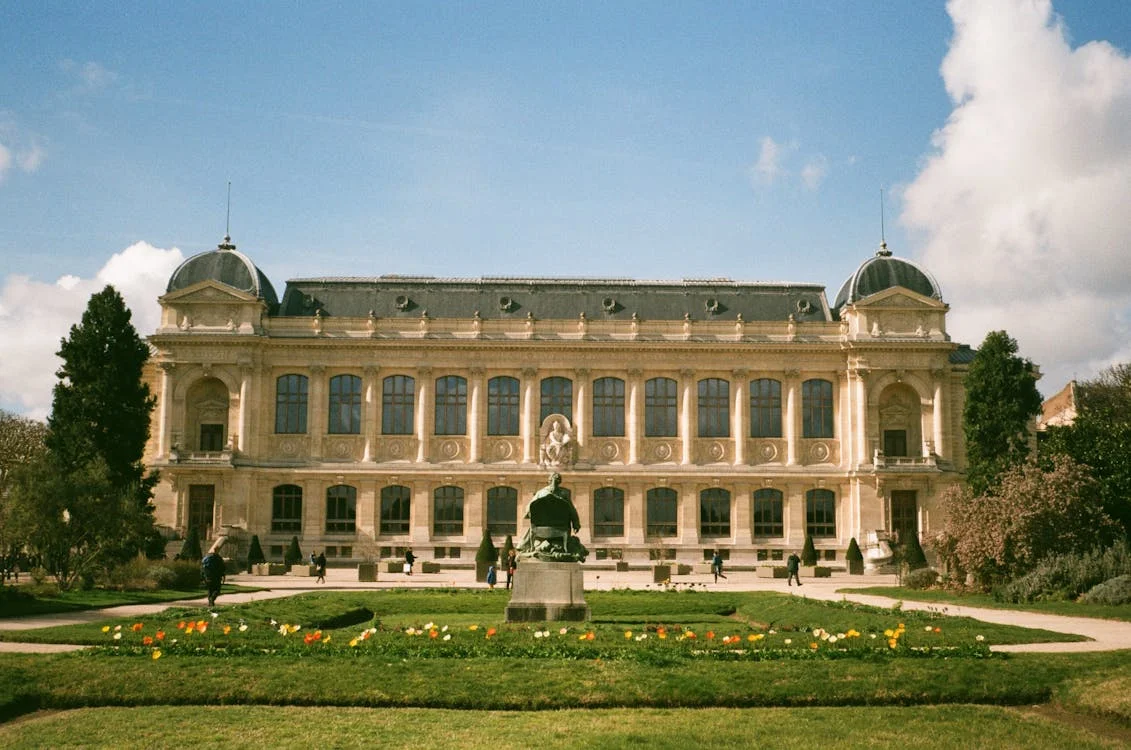Introduction
Paris, the City of Light, is renowned worldwide for its iconic museums like the Louvre and Musée d’Orsay. However, beyond these crowded cultural giants lies a treasure trove of best lesser-known museums in Paris that offer equally enriching experiences without the long queues and tourist throngs. These hidden cultural gems provide intimate settings where you can appreciate art, history, and Parisian heritage at your own pace.
The chief danger about Paris is that it is such a strong stimulant
T.S. Eliot

For travelers seeking authentic experiences off the beaten path, these smaller museums offer unique collections, often housed in stunning historic buildings that are attractions in themselves. From former artist studios to elegant mansions, these spaces tell stories about Paris that you won’t find in the major tourist attractions.
Before embarking on your exploration of Paris’s secret museum scene, ensure you have reliable connectivity to navigate between these sometimes tucked-away locations. Gohub’s international eSIM solutions provide seamless internet access throughout Paris, allowing you to find these hidden gems easily and share your discoveries without worrying about roaming fees or unreliable public WiFi.
If you love hidden creative spaces, don’t miss Berlin’s vibrant street art scene—it’s like an open-air museum!
Why Explore Hidden Gem Museums in Paris?
Escape the Tourist Crowds at Small Museums Paris
One of the most compelling reasons to seek out the best lesser-known museums in Paris is the opportunity to enjoy art and culture without battling the overwhelming crowds found at major attractions. While the Louvre welcomes approximately 10 million visitors annually, many of these smaller museums see just a fraction of that number, creating a more relaxed and contemplative atmosphere.
In these intimate spaces, you can take your time examining exhibits up close, often finding yourself alone in galleries that would be packed shoulder-to-shoulder in more famous institutions. This peaceful environment allows for a deeper connection with the art and artifacts on display.
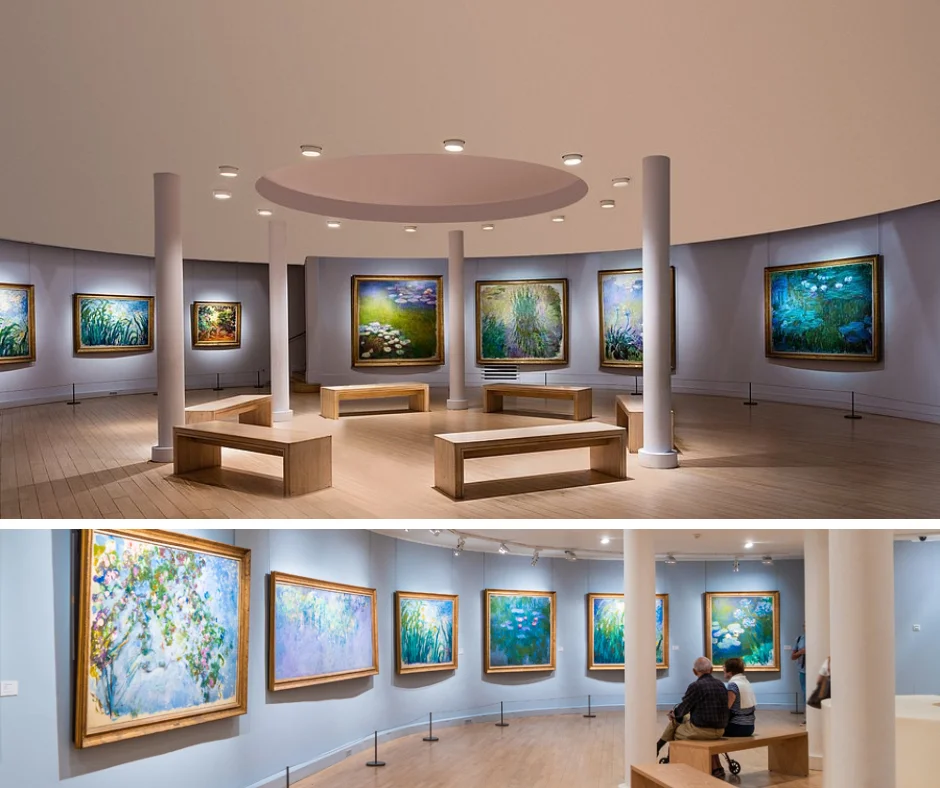
Image: Musée Marmottan Monet
Discover Unique Collections in Specialty Museums Paris
Unlike larger institutions that aim to provide comprehensive overviews of art history, many of the best lesser-known museums in Paris focus on specific artists, movements, or themes. This specialization allows for a depth of exploration impossible to achieve in more general collections.
For instance, while the Musée d’Orsay houses a significant collection of Impressionist works, the Musée Marmottan Monet offers the world’s largest collection dedicated specifically to Claude Monet, including his iconic “Impression, Sunrise” painting that gave the entire movement its name.
These specialty museums often house collections assembled by passionate individuals rather than state institutions, giving them a personal touch and unique character that reflects the vision of their founders.
Barcelona has its own artsy soul—check out what to do in Barcelona for more cultural immersion.
Art Treasures in Intimate Settings
Musée Marmottan Monet: Impressionist Paradise in the 16th Arrondissement
Located in the elegant and residential 16th arrondissement, the Musée Marmottan Monet stands as one of the best lesser-known museums in Paris for Impressionism enthusiasts. This former hunting lodge turned private mansion houses the world’s largest collection of Claude Monet’s works, including the painting that gave the Impressionist movement its name: “Impression, Sunrise.”
What makes this museum special is not just the quantity of Monet’s works but the intimate setting in which they’re displayed. The museum was once the home of art critic Paul Marmottan, and it retains the atmosphere of a private collection rather than an institutional display. Beyond Monet, you’ll find works by Berthe Morisot, Edgar Degas, and other Impressionist masters.
While there is an admission fee (approximately €11), the experience of seeing these masterpieces in a less crowded environment is well worth it for art lovers. The museum is closed on Mondays, so plan your visit accordingly.

Image: Monet paintings
Petit Palais: Free Fine Art Museum with a Secret Garden
Despite its name suggesting otherwise, the Petit Palais is actually quite grand, though it remains one of the best lesser-known museums in Paris compared to its more famous counterparts. Built for the 1900 World Fair alongside its sister building, the Grand Palais, this stunning example of Beaux-Arts architecture houses the Fine Art Museum of Paris.
The museum’s permanent collections, which are completely free to visit, include French paintings, sculptures, and decorative arts from antiquity to the early 20th century. You’ll find works by Impressionists like Monet and Pissarro alongside pieces by Rembrandt and Rubens.
One of the Petit Palais’s most charming features is its hidden interior garden courtyard with a delightful café—the perfect spot to relax after exploring the galleries. The museum stays open until 8:00 p.m. on Fridays and Saturdays, offering a wonderful evening activity option.
Musée Gustave Moreau: Step Inside a Symbolist Painter’s World
For those interested in the more mystical side of 19th-century art, the Musée Gustave Moreau in the 9th arrondissement offers a fascinating glimpse into the mind and workspace of the Symbolist painter. This unusual museum preserves Moreau’s apartment and studio exactly as he left them, creating one of the most atmospheric art museums off the beaten path in Paris.
The highlight of this museum is undoubtedly the stunning spiral staircase connecting the two floors of Moreau’s studio, where walls are covered floor-to-ceiling with his dreamlike, mythological paintings. The preserved living quarters on the first floor provide insight into the artist’s daily life and inspirations.
With an entrance fee of around €8, this museum offers excellent value for those interested in Symbolist art or artists’ studios. The museum is closed on Tuesdays, so schedule your visit on another day of the week.

Image: The spectacular spiral staircase in Musée Gustave Moreau
Historical Mansions and House Museums Paris
Musée Cognacq-Jay: 18th-Century Elegance in the Marais
Housed in the beautiful Hôtel Donon in the heart of the Marais district, the Musée Cognacq-Jay showcases an exquisite collection of 18th-century art and furniture assembled by Théodore-Ernest Cognacq and his wife Marie-Louise Jay, founders of the famous La Samaritaine department store.
This free museum offers visitors a glimpse into the refined aesthetic of the French Enlightenment through paintings, sculptures, furniture, and decorative objects displayed in twenty elegantly paneled rooms. The intimate scale of this museum makes it easy to explore thoroughly in about an hour, making it perfect for travelers with limited time.
The museum’s location in the historic Marais neighborhood means you can easily combine your visit with exploration of this charming area, known for its preserved pre-revolutionary architecture and vibrant contemporary culture.
Musée de la Vie Romantique: A Romantic Era Haven with Garden Café
Tucked away at the foot of Montmartre in the 9th arrondissement, the Musée de la Vie Romantique (Museum of Romantic Life) occupies a charming villa that once belonged to Dutch painter Ary Scheffer. This house museum Paris location perfectly captures the atmosphere of the Romantic era, when artists and intellectuals gathered for salons and creative exchange.
The museum houses memorabilia related to prominent figures of the Romantic movement, including writer George Sand and composer Frédéric Chopin. The preserved period rooms and art collections offer a window into 19th-century Parisian intellectual life.
One of the museum’s most delightful features is its tranquil garden café, where you can enjoy tea and pastries surrounded by roses and lilacs in warmer months. Entry to the permanent collections is free, though temporary exhibitions may require a ticket.
Note: The museum is temporarily closed for renovations until March 2026, so be sure to check its status before planning your visit.
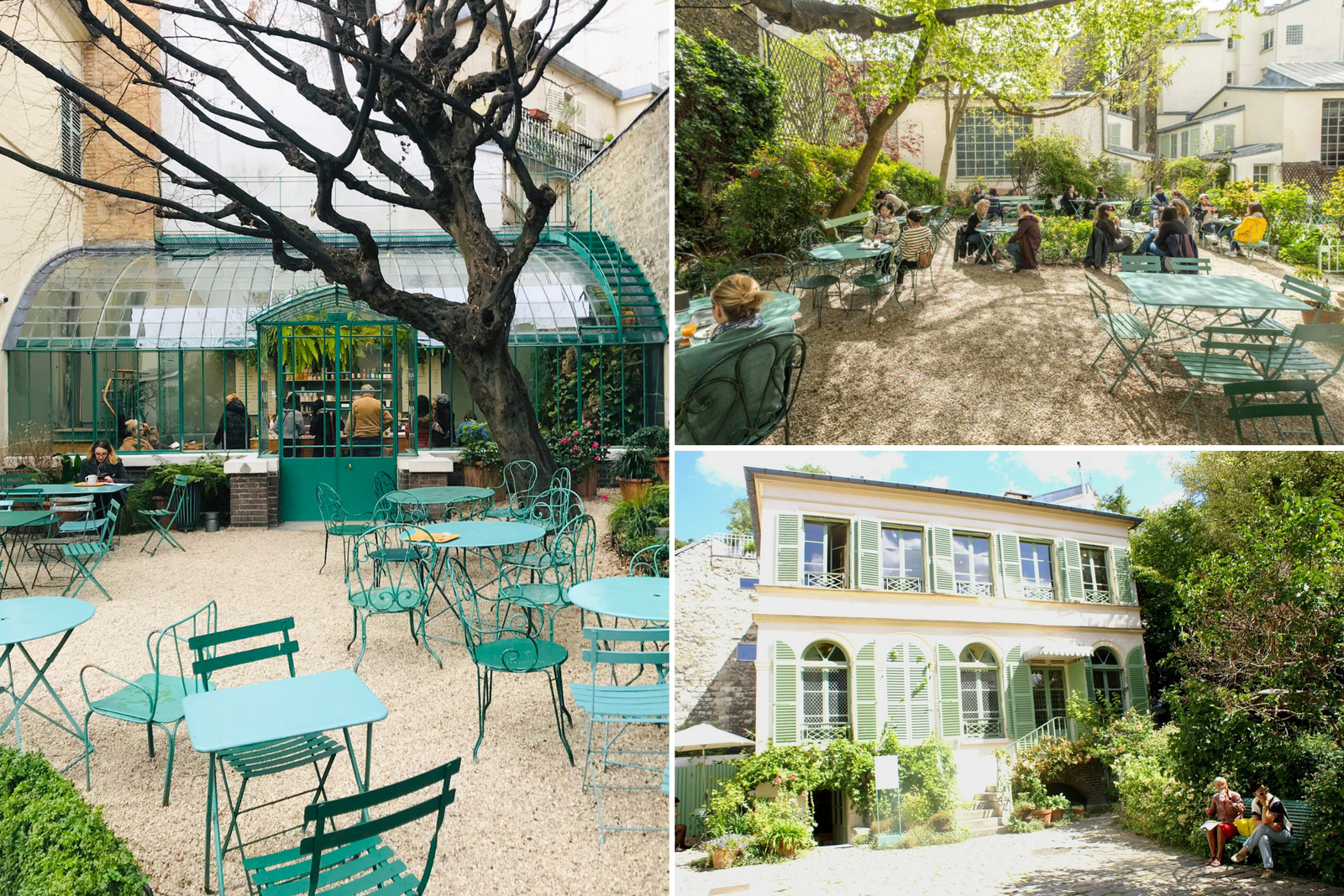
Image: The garden at Musée de la Vie Romantique
Maison de Victor Hugo: Literary History at Place des Vosges
Literary enthusiasts shouldn’t miss the opportunity to visit the former residence of France’s literary giant Victor Hugo, located on the second floor of the Hôtel de Rohan-Guéménée at the beautiful Place des Vosges. This free museum offers insight into the life and work of the author of “Les Misérables” and “The Hunchback of Notre-Dame.”
The apartment is divided into three sections representing different periods of Hugo’s life, with rooms decorated according to his own designs—Hugo was not only a writer but also an accomplished visual artist and interior decorator. Highlights include the Chinese-inspired dining room and the bedroom where Hugo died in 1885.
Its location on the historic Place des Vosges, one of Paris’s most beautiful squares, makes this museum a perfect stop during exploration of the Marais district. The museum is closed on Mondays.
🗼 Planning a few days in the City of Light? Here’s a 4–5 day itinerary for exploring Paris like a local — with just the right balance of art, cafés, and charm.
Sculptural Masterpieces and Artist Studios
Musée Bourdelle: Discover a Sculptor’s Workshop in Montparnasse
Located in the heart of the Montparnasse district, the Musée Bourdelle preserves the home and studio of Antoine Bourdelle, a former assistant to Auguste Rodin who became an influential sculptor in his own right. This museum offers one of Paris’s most authentic artist studio experiences, with Bourdelle’s workspace preserved almost exactly as he left it.
The museum’s unique layout includes indoor galleries, the artist’s apartment, and beautiful gardens where monumental sculptures are displayed outdoors. This combination of settings allows visitors to understand both the intimate process of creation and the impressive final results of Bourdelle’s work.
Access to the permanent collections is free, making this one of the best value experiences among Paris museums off the beaten path. The museum is closed on Mondays.

Image: Musée Bourdelle
Musée Rodin: Intimate Sculpture Experience with Garden
While the Musée Rodin is somewhat better known than other museums on this list, it still offers a more intimate experience than Paris’s major institutions. Housed in the elegant Hôtel Biron where Rodin himself lived and worked, this museum showcases the sculptor’s masterpieces in both indoor galleries and a stunning garden setting.
The verdant gardens, where visitors can see iconic works like “The Thinker” and “The Gates of Hell” amid roses and fountains, provide one of Paris’s most serene art-viewing experiences. Inside, the beautifully restored rooms of the mansion display Rodin’s smaller works alongside his collection of paintings by contemporaries like Van Gogh and Monet.
There is an entrance fee, but the combination of world-class sculpture and the beautiful setting make it well worth the cost. The museum is closed on Mondays.
Love timed cultural experiences? Align your next trip with these seasonal festivals in Japan.
Paris History Through Unique Collections
Musée Carnavalet: The Oldest Museum in Paris Tells the City’s Story
Recently reopened after extensive renovations, the Musée Carnavalet in the Marais district is dedicated to the history of Paris from its origins to the present day. Housed in two connected historic mansions (including a stunning 16th-century building), this free museum offers a fascinating journey through the evolution of the city.
The museum’s collections include room reconstructions from different periods, paintings depicting Parisian life, historical artifacts, and even the original furniture from Marcel Proust’s bedroom. Don’t miss the unique collection of old shop signs in the entry hall and the giraffe memorabilia on the third floor—quirky touches that make this museum special.
As the oldest museum in Paris, Carnavalet offers an unparalleled perspective on the city’s development. Its recent renovation has made the collections more accessible and engaging than ever before. The museum is closed on Mondays.
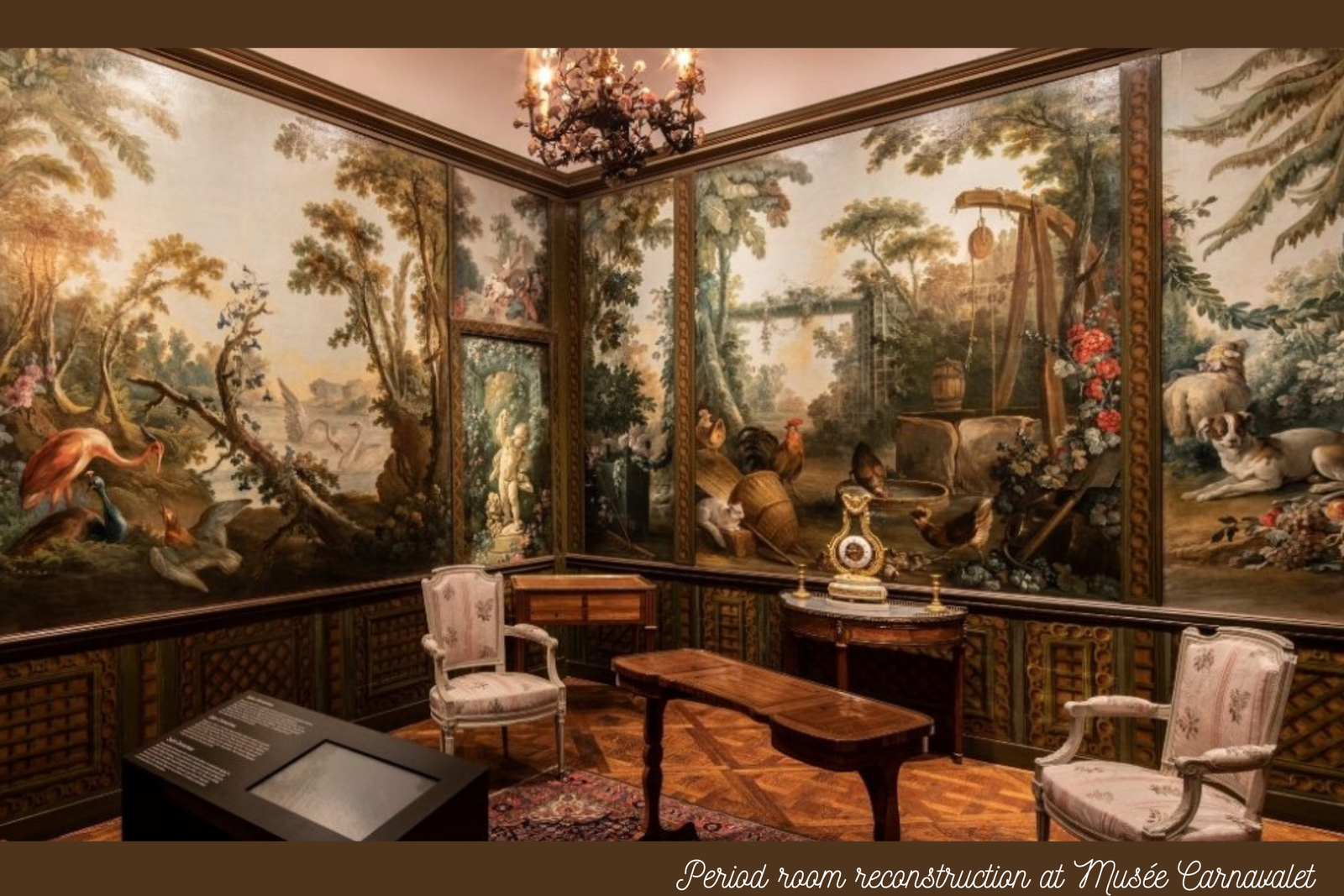
Image: Musée Carnavalet showing Parisian history
Musée de la Libération de Paris: WWII History Underground
For those interested in 20th-century history, the Musée de la Libération de Paris offers a powerful exploration of Paris during World War II, focusing on Nazi occupation, resistance efforts, and the city’s eventual liberation. What makes this museum particularly unique is its location—it begins at the former command post and bunker of resistance leader Henri Rol-Tanguy, 20 meters underground.
The museum combines personal stories, historical artifacts, and multimedia presentations to create an immersive understanding of this crucial period in Parisian history. Admission is free, making it accessible to all interested visitors.
Be aware that there is no elevator access to the underground bunker, and visitors must be physically able to navigate the steep descent and ascent. The museum is open Tuesday through Sunday.
Unusual and Specialized Collections
Musée du Parfum Fragonard: Scent History Near the Opera
Located just steps from the Opéra Garnier in a lovely Napoleon III townhouse, the Musée du Parfum Fragonard offers a sensory journey through the history and creation of perfume. This free museum, operated by the famous Fragonard perfume house, displays antique perfume bottles, toiletry sets, and manufacturing equipment that tell the story of France’s renowned perfume industry.
Visitors can enjoy a complimentary guided tour that explains the perfume-making process and the historical significance of scent in French culture. The museum naturally concludes with an opportunity to sample and purchase Fragonard perfumes, but there’s no pressure to buy.
This unique sensory experience makes a perfect addition to a day exploring the grand department stores and Opera district of Paris.
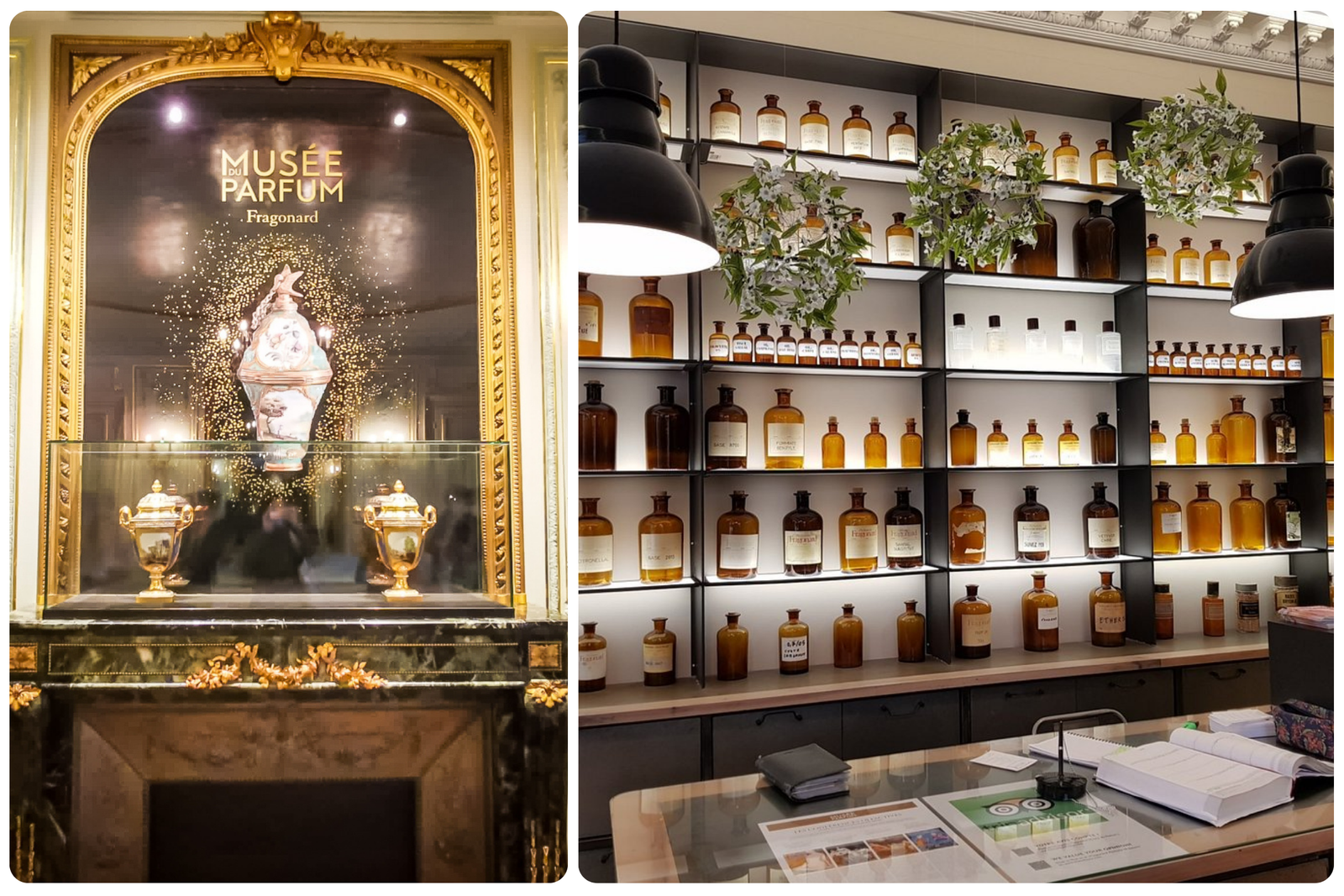
Image: Musée du Parfum Fragonard
Musée de l’Éventail: The Delicate Art of Fan-Making
For those seeking truly specialized collections, the Musée de l’Éventail (Fan Museum) offers a fascinating glimpse into the delicate art of fan-making. Located in what was once a large Paris apartment, this unique museum is also a functioning atelier where artisans continue to create and restore hand-held fans using traditional techniques.
The museum displays hundreds of fans dating from the 16th century to the present, showcasing the evolution of this accessory that was once essential to fashionable society. Visitors might have the opportunity to see craftspeople at work during their visit, adding an element of living history to the experience.
There is an entrance fee, and the museum has limited opening hours, so be sure to check in advance and potentially make a reservation.
Planning Your Visit to Paris’s Hidden Museums
Practical Tips for Museum Exploration
To make the most of your exploration of the best lesser-known museums in Paris, consider these practical tips:
- Check opening days: Many smaller museums in Paris are closed on Mondays, while some close on Tuesdays instead. Always verify opening hours before planning your visit.
- Combine neighborhood exploration: Plan your museum visits geographically, exploring multiple venues in the same area. For example, combine Musée Carnavalet, Musée Cognacq-Jay, and Maison de Victor Hugo for a day in the Marais.
- Take advantage of free entry: Many of these museums offer free access to their permanent collections, making them perfect for budget-conscious travelers.
- Visit in the morning: Even at lesser-known museums, arriving early (before noon) ensures a quieter experience and more personal space to enjoy the collections.
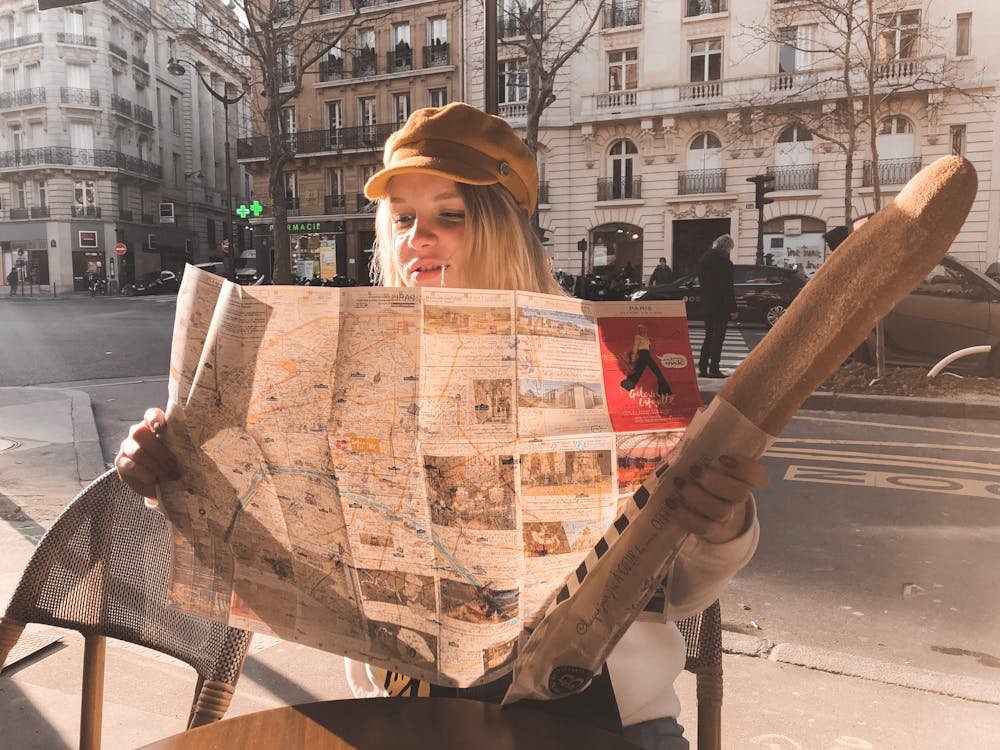
Image: Map showing clustered museum locations in Paris neighborhoods
Connectivity for Seamless Museum-Hopping
Navigating between these sometimes tucked-away museums requires reliable internet access for maps, opening hours, and translation services. Gohub’s international eSIM provides seamless connectivity throughout Paris, ensuring you can find these hidden cultural gems without worrying about data roaming charges or hunting for WiFi.
With reliable connectivity, you can also share your discoveries in real-time, research artists or historical contexts as questions arise during your visits, and make spontaneous adjustments to your itinerary based on recommendations or changing weather conditions.

Image: Screenshot of the GoHub eSIM webpage, highlighting the destination input field with “France” selected, illustrating how users can easily search for eSIM data plans.
Beyond the Museums: Enhancing Your Cultural Experience
Café Culture at Museum Venues
Many of Paris’s lesser-known museums feature charming cafés that are destinations in themselves. The garden café at the Musée de la Vie Romantique and the elegant courtyard café at the Petit Palais offer peaceful settings to reflect on what you’ve seen while enjoying classic French refreshments.
These museum cafés often provide a more authentic and less touristy experience than those found at major attractions, with the added benefit of beautiful surroundings. Taking time to relax in these spaces enhances your overall museum experience and provides a glimpse into the Parisian lifestyle.
Architectural Treasures: The Buildings Themselves
When visiting these hidden gem museums in Paris, take time to appreciate the historic buildings that house them. Many are located in former private mansions (hôtels particuliers), artists’ studios, or historically significant structures that tell their own stories about Parisian history and architecture.
From the preserved 16th-century architecture of the Musée Carnavalet to the purpose-built studio spaces of the Musée Bourdelle, these buildings offer insights into different periods of Parisian life and design. Don’t forget to look up at ceilings, examine staircases, and notice architectural details that might be overlooked in the focus on exhibited collections.

Image: Architectural details of a historic mansion housing
Seasonal Considerations for Museum Visits
Winter Museum Exploration: Indoor Cultural Havens
Paris’s smaller museums offer perfect shelter during the colder months when outdoor sightseeing becomes less appealing. Winter is an excellent time to explore these indoor cultural havens, as they typically see fewer visitors during this season, allowing for an even more intimate experience with the collections.
Many museums create special winter programming or temporary exhibitions during this period. The cozy atmosphere of historic buildings like the Maison de Victor Hugo or the Musée Gustave Moreau becomes particularly inviting when Paris turns chilly.
Spring and Summer: Gardens and Outdoor Sculptures
When visiting during warmer months, prioritize museums with outdoor spaces, such as the sculpture garden at the Musée Rodin or the courtyard of the Petit Palais. These green spaces offer a refreshing combination of art and nature that’s particularly appealing in spring and summer.
The garden café at the Musée de la Vie Romantique becomes especially charming when its roses and lilacs are in bloom, creating a perfect setting for a post-museum refreshment.
Conclusion: Create Your Own Path Through Paris’s Museum Landscape
The best lesser-known museums in Paris offer travelers the opportunity to discover the city’s rich cultural heritage beyond the crowded major institutions. These intimate venues provide unique perspectives on art, history, and Parisian life that simply can’t be experienced in the same way at larger museums.
By venturing beyond the obvious choices and exploring these hidden gems, you’ll gain deeper insights into the city’s character while enjoying more peaceful, contemplative encounters with exceptional collections. From former artists’ studios to elegant historic mansions, these museums tell stories about Paris that many visitors never discover.
Before your trip, ensure you have Gohub’s international eSIM activated to stay connected throughout your museum explorations. With reliable connectivity, you can navigate confidently between these sometimes tucked-away locations, research artists and historical contexts on the go, and share your discoveries with friends and family.
📶 From hidden galleries to riverside strolls, stay connected in Paris with a Gohub eSIM — instant setup, perfect for museum maps, translations, and spontaneous finds.
As you plan your Paris itinerary, consider dedicating at least one day to exploring these lesser-known cultural treasures. The memories and insights you’ll gain will provide a much more authentic and personal connection to the City of Light than following the standard tourist path alone.
For more authentic cultural experiences, explore homestays with locals in Peru.


